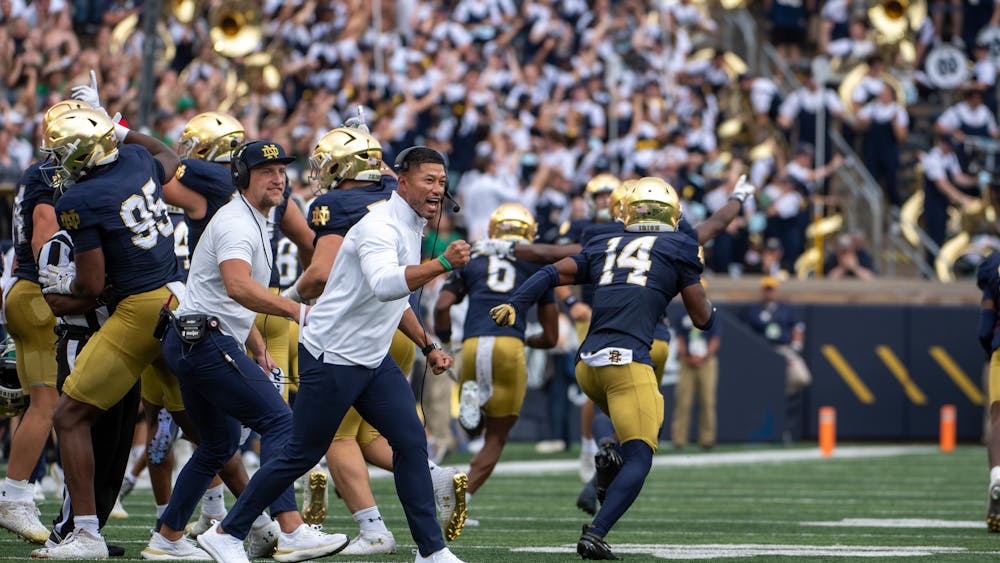By the time anyone reads this, I will have listened to Harry Styles’ newest release, “As It Was,” an absurd number of times. Like any Harry Styles fan, I have been keeping a close watch on the @hshq Instagram for updates and teasers. The most recent posts, announcing his third solo album, “Harry’s House,” and the release of his single, feature Styles in his naturally non-traditional fashion: a white, peter-pan collared peasant blouse for the album and a blazing red, sequined jumpsuit with matching painted nails for the single. As I wait for the long-overdue refresh of new Harry Styles music, I can’t help but think of what a shame it is that his iconic style has received such backlash in the past.
Perhaps the most well-known instance of this is the controversy stirred up by Styles’ November 2020 Vogue cover, featuring him in a frilly Gucci dress paired with his signature set of rings and a black blazer. Political figures Candace Owens and Ben Shapiro took to social media to express their disgust with his ensemble, begging society to “bring back manly men.”
Styles has been making bold sartorial choices for the better portion of his career and is by no means the first to make such distinct style statements in the public eye. In fact, Styles has pointed to many other iconic musicians as his inspiration. Take, for example, his 2018 Halloween costume: Elton John’s sequined LA Dodgers uniform, complete with oversized, bedazzled square sunglasses. Other musicians he has spoken about include Prince and David Bowie, none of whom shy away from bright colors, sparkles, frills and flare. While none of these artists escaped the harsh criticism for their own outfits, their lasting legacies tell us one thing: fashion has no gender identity. It doesn’t now, and it never has. For decades, these individuals have been making waves with their looks, and it’s not stopping any time soon.
What excites me the most is that there are even more accessible public figures advocating for bold, non-gender-conforming fashion in day-to-day life. One example is social media content creator Griffin Maxwell Brooks, a student-athlete at Princeton University who has amassed 922 thousand followers on TikTok, making videos on everything from style to sports to politics, in often ornate outfits that he wears regularly, even just to go to class or the library. As I write this, I am wearing leggings and a sweatshirt, with my most eye-grabbing outfit feature being my teal socks peeking out from my sneakers, but even if I am not participating, I love to see people boldly expressing themselves through their clothes in whatever way they wish.
I feel very lucky to be a young adult in a generation that has pushed boundaries in every aspect of life, with fashion being just a small portion of that change. However, there is still a strong air of judgment around playing with fashion, particularly for men crossing boundaries of what is considered feminine and masculine. It’s exhausting to hear people belittle those who choose not to build outfits based on what people are expected to wear, especially since the aforementioned artists have proven time and time again that those who express themselves so creatively are often the greatest creative minds of their generations. Beyond that, what another person wears simply does not affect anyone else, so we’d all be better off just celebrating that we can choose to wear whatever best fits our own personal expression. I, for one, look forward to seeing all of the exciting outfits Harry Styles pulls out for upcoming interviews, music videos and performances associated with his new album, and I certainly hope his success continues to serve as a sign that the art of fashion has no gender.
Wear what you want
The views expressed in this column are those of the author and not necessarily those of The Observer.









